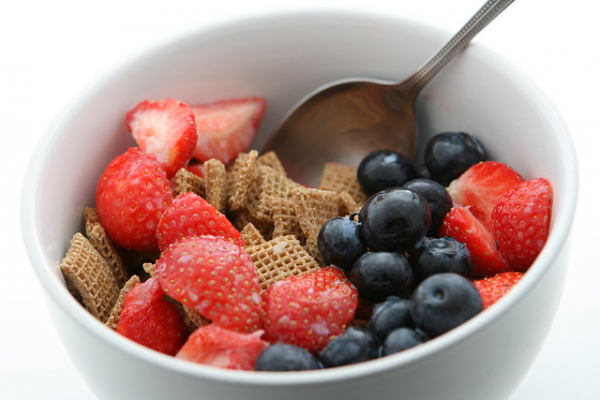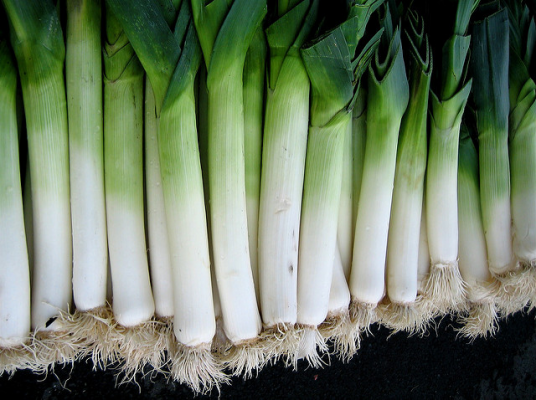Fibre: Superfood’s Least Sexy Cousin – Part 1
By Karalee Boschung RD(t)
 |
| Picture 1: “Fruit and fibre” by Richard Cocks, via Flickr, CC BY 2.0 |
What is so great about fibre? We know that we all need it for some vague “intestinal health” reasons, and we are surrounded by fibre supplements in the cereal aisle of the grocery store. But what does fibre actually do in the body? Is it really that essential?
It has been debated whether fibre should be named one of the major food groups because of its large role in health. The interesting thing about fibre is that it is not “nourishing” to us in the purest meaning of the word. We do not obtain calories, protein or vitamins from fibre. Actually, the definition of fibre is the tough plant material that human bodies cannot break down or digest. The benefits that fibre gives are of a mechanical nature rather than a nutritive nature.
There are two major types of fibre available from plant foods: insoluble and soluble. Insoluble fibre is often referred to as “roughage”. Examples include many types of vegetables, the skins of some fruits, and wheat bran. This fibre is the tough stuff that will pass through the body completely unchanged. Soluble fibre has its name because it is soluble in water. In the gut, it combines with water to form a gel-like substance. Soluble fibre is found in oat bran, fruits, legumes (like beans, peas, and lentils) and some root vegetables (like carrots). Most high fibre foods contain both types of fibre, but may have a higher proportion of one compared to the other.
With that brief introduction, let’s look at three of the main ways that fibre can improve your health:
1. Weight control
Because fibre is so bulky, it pushes against the walls of our stomach and intestines and sends messages to the brain that we are full. Eating plenty of fibre at each meal will help us feel full sooner and eat less calories per meal. Fibre will also help us feel full longer and prevent us from reaching for an unhealthy snack an hour later. Because of these traits, eating fibre at each meal can be a great way to control your weight. And you won’t feel hungry or deprived while losing weight because fibre will fill you up!
2. Healthy Bowel Movements
Having regular bowel movements is what fibre is arguably most famous for. Insoluble fibre, which is chewed and mashed but not absorbed, adds bulk to the stool in the digestive tract. This bulk stimulates the walls of the digestive tract to contract and move things along, so we have regular bowel movements. Soluble fibre holds water in the stool and keeps it soft and easy to pass. All of us can appreciate the relief and comfort of having regular bowel movements! Fibre has even been shown to help relieve the symptoms of IBS (Irritable Bowel Syndrome).
3. Fibre is “Prebiotic” = Food for Probiotics
 |
| Picture 2: “leeks” by liz west, via flickr, CC BY 2.0 |
Even though we humans cannot obtain any nutrients from fibre, some organisms can! Nowadays, we hear all the time about probiotics – the “good bacteria” that live in our gut and contribute to health in many ways. Well, it turns out that probiotics love to feast on fibre! Almost any high fibre food can be prebiotic, including whole grains. One type of fibre that is often mentioned for its prebiotic properties is inulin, found in chicory root, barley, rye, garlic, onions, leeks, tomato and bananas. If we regularly eat prebiotic fibre, it feeds the probiotic gut bacteria so that they can multiply happily. The benefits these bacteria give us can be far reaching, including a strong immune system and improved absorption of nutrients. Research is still being done, and we are learning more all the time about these helpful bacteria.
So, although we don’t get any nutrients from fibre, there are many other wonderful benefits. In fact, there are so many that I couldn’t fit them all in one blog post. Check back next week for 5 more reasons to love fibre.
That’s all for now! Check back next week for 5 more ways fibre can improve your health.










